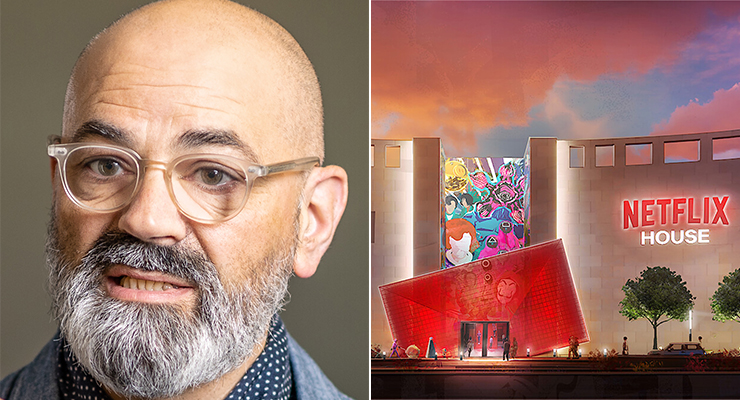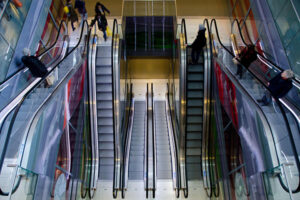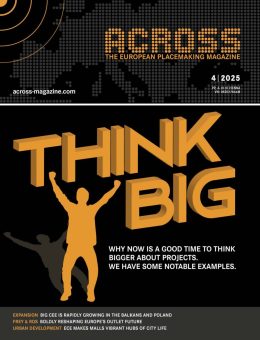By Ibrahim Ibrahim
We will, of course, always need physical stores where customers can buy products and take them home, but I see this happening less and less in the future. As brands focus their store investment on recruitment and retention, we will see proportionately more stores behaving like media platforms.
Once stores begin to behave like media platforms, the world of brick-and-mortar retail will change and brands will rethink their floor space. This will impact the customer experience, the design of the store, the technology used, the service proposition, the type of store associates, the master planning of the asset, the connectivity between the leased space and the public realm, the net-togross, the architecture – and, of course, the CAPEX and OPEX.
So, how will a store as a media platform impact the revenue model? A turnover-based rent is anathema to stores that do not transact or fulfill. Therefore, I believe future revenue models will be based on the ability of an asset owner to measure the media impressions that an experience in a physical space (previously known as a store) can drive – media impressions driven by people commenting and posting online, whether they are present at the time or engaging via live-streamed broadcast.
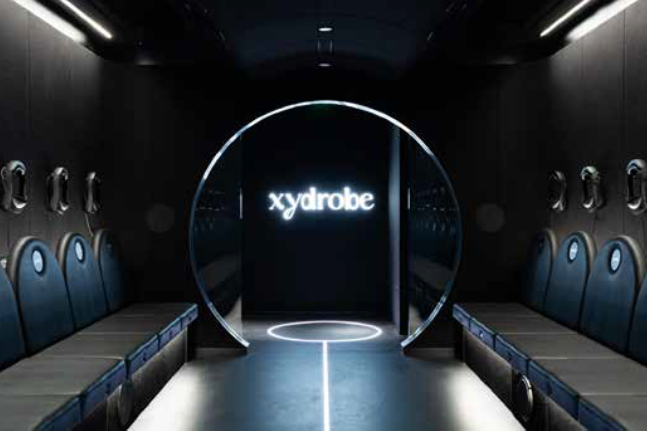
experience at Harrods, powered by xydrobe, offers
luxury brands and retailers an innovative way to engage consumers through immersive storytelling. /// credit: xydrobe
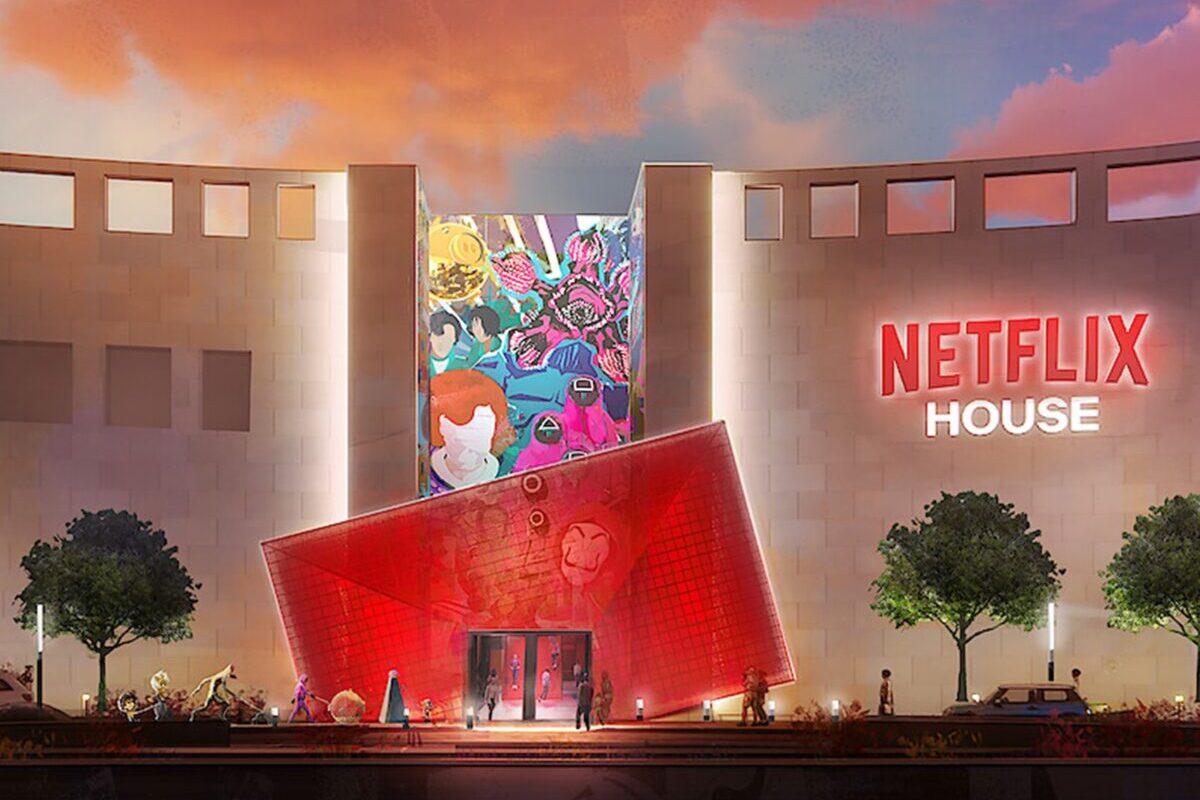
Of course, the key is determining how media impressions should be measured – the sentiment of the audience, how much they share, and the impact that has? What value is that to a brand and, in turn, how does that inform the rent model?
At Portland, we have an AI-powered social media and online mapping tool that maps the opinions and sentiments audiences have about experiences they engage with. Based on that, we can measure the quantum of engagement, opinions, sentiment, and the audiences’ values. This process is ethnographic; as it observes, it reveals “human truths”, thereby delivering qualitative research at scale. All of the above will impact how floor space is used in brick-and-mortar retail.
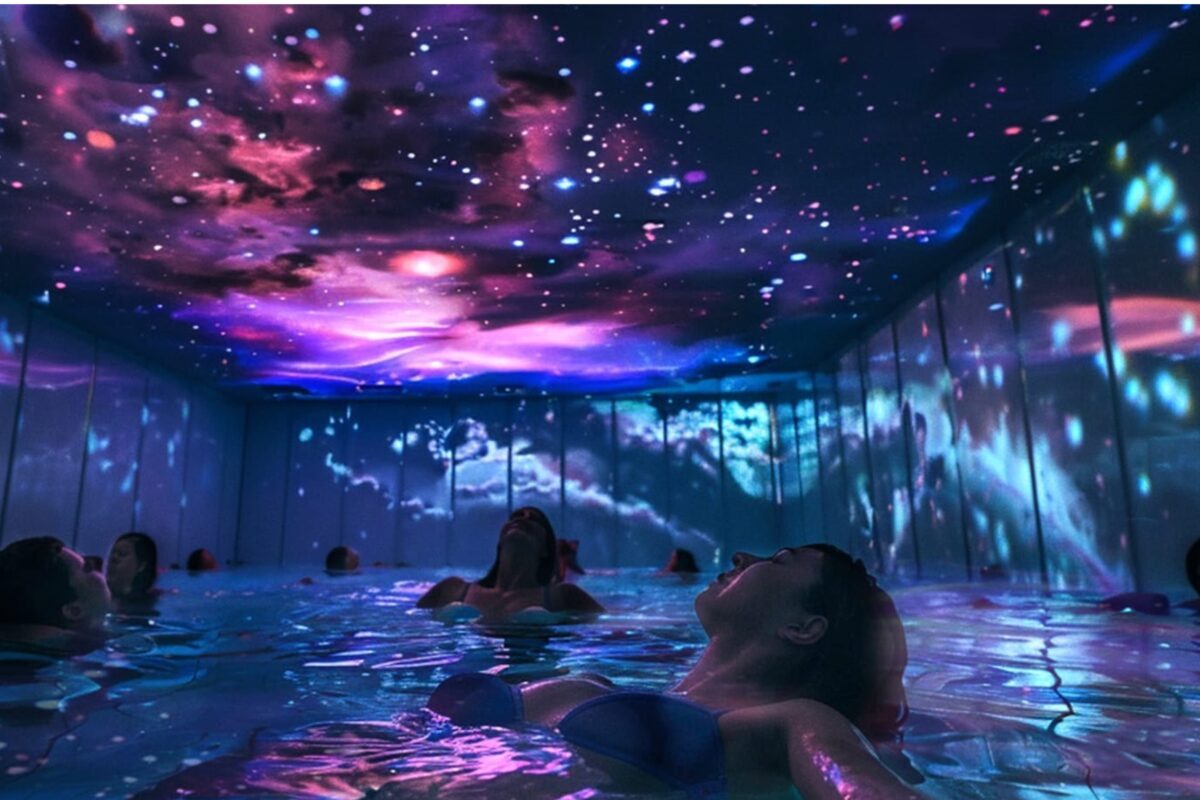
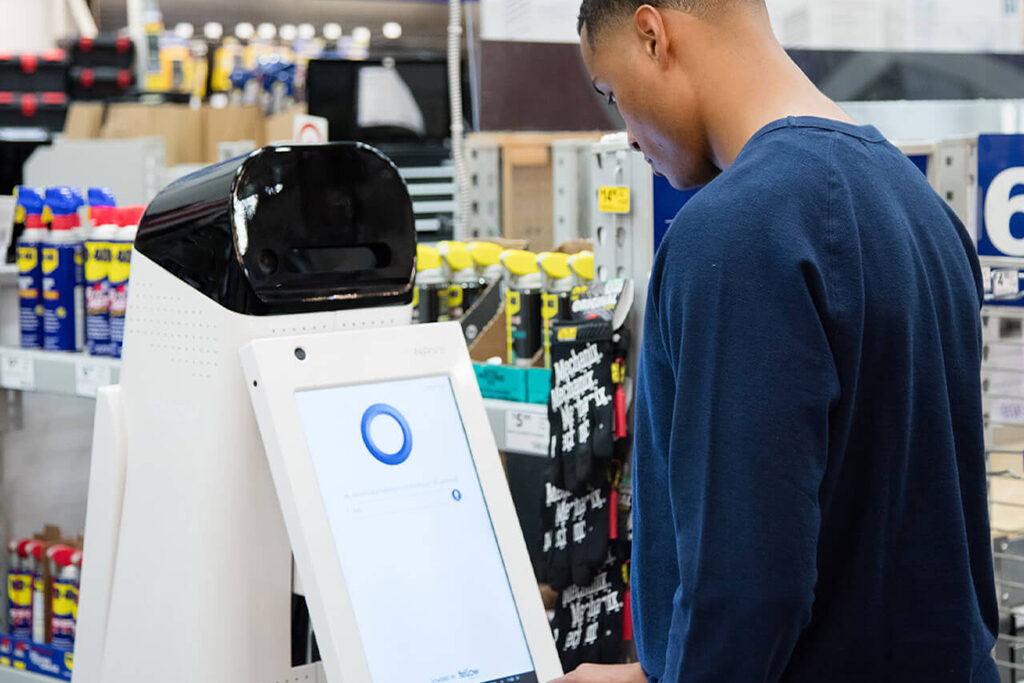
PROVIDING STAGES
In the future, brands will no longer expect asset owners to provide stores as concrete boxes with glass fronts, but stages on which they can present their stories and experiences – places where their fans can gather, socialize, learn, and have fun. As a result, brick-and-mortar retail will experience a metamorphosis from products for sale on shelves to stories on stages that can be shared.
Brands are replacing brick-and-mortar retail for transaction and fulfillment with experiences on stage-like, programmable, “open-cell” media platforms aimed at attracting and retaining customers. Traditional sales-per-square-meter metrics are yesterday’s news.
Portland’s 6 “E’s” of experience serve as a framework for developing new metrics that reflect the new role that physical space will play in a brand’s marketing mix.
- “Engagement”, the first “E”, measures customer attention, driven by the number of surprises and the unexpected.
- “Education” measures the new things that
customers are learning. Given the increasing
commoditization of brands, newness is key. - “Entertainment” assesses the duration of an
audience’s interest and the extent of multi-sensory engagement. - “End Use” defines the extent to which the
experience aligns with the needs and everyday
lives of the audience. - “Ease” determines how convenient, seamless,
and fast the experience is. AI can play an important role here when it comes to delivering
frictionless digital experiences. - Finally, “Exclusivity” is a measure of how personalized, unique, and special the experience is.
Experiences that foster communities of common interest and drive a sense of belonging are of particular importance.
The 6 “E’s” success criteria can be measured using data analytics such as AI-powered sentiment mapping, ethnographic research, focus groups, surveys, heat maps, customer footfall measurements, etc. They can all add value by using AI predictive analytics to ensure their success.

Ibrahim Ibrahim
Ibrahim Ibrahim is the Managing Director of Portland Design.

